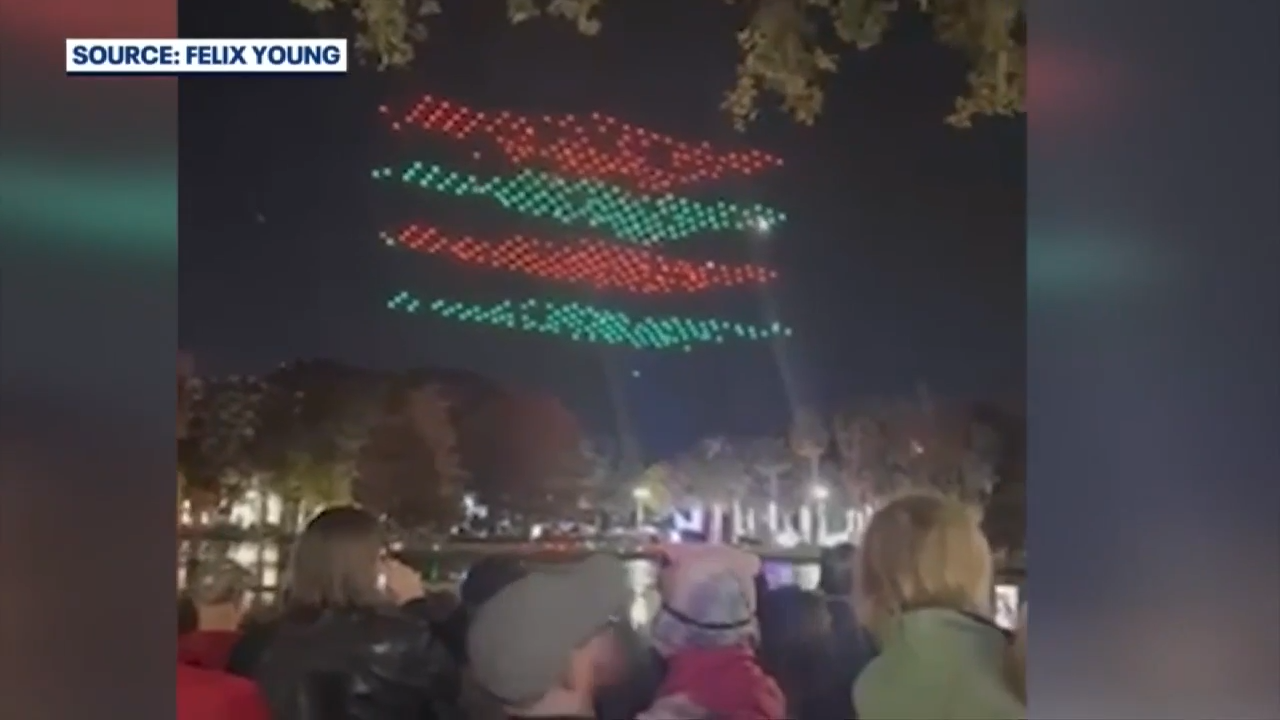Drone crash: It sounds dramatic, and it can be. But understanding why drones crash—whether it’s a tiny quadcopter or a larger, more complex model—is crucial for safe and responsible operation. This guide explores the various causes of drone crashes, from mechanical failures and software glitches to pilot error and environmental factors, offering insights into prevention and post-crash procedures.
We’ll delve into different types of crashes, ranging from gentle landings to catastrophic failures, examining the impact on the environment, safety, and the law. We’ll also provide practical advice, checklists, and best practices to help you minimize the risk of a drone crash and ensure you’re prepared if one does occur. Let’s get started.
Drone Crash Causes
Understanding why drones crash is crucial for safe operation. Several factors, often interacting, contribute to these incidents. These range from mechanical and software issues to environmental conditions and pilot error. Let’s explore these causes in detail.
Mechanical Failures
Mechanical failures are a significant cause of drone crashes. These can include motor malfunctions (e.g., motor burnout, propeller damage), problems with the flight controller (e.g., sensor failure, gimbal malfunction), and issues with the battery (e.g., low voltage, overheating, cell failure). A damaged airframe, resulting from previous impacts or manufacturing defects, can also lead to instability and crashes.
Drone crashes can be a bummer, especially when you lose valuable footage. But hey, if you’re into tech, maybe building a better system to process that footage is a good way to channel your frustration. Check out this awesome resource on becoming a pc builder to handle all your high-resolution drone video needs. That way, next time your drone takes a tumble, at least you’ll have the power to edit the footage later!
Software Glitches
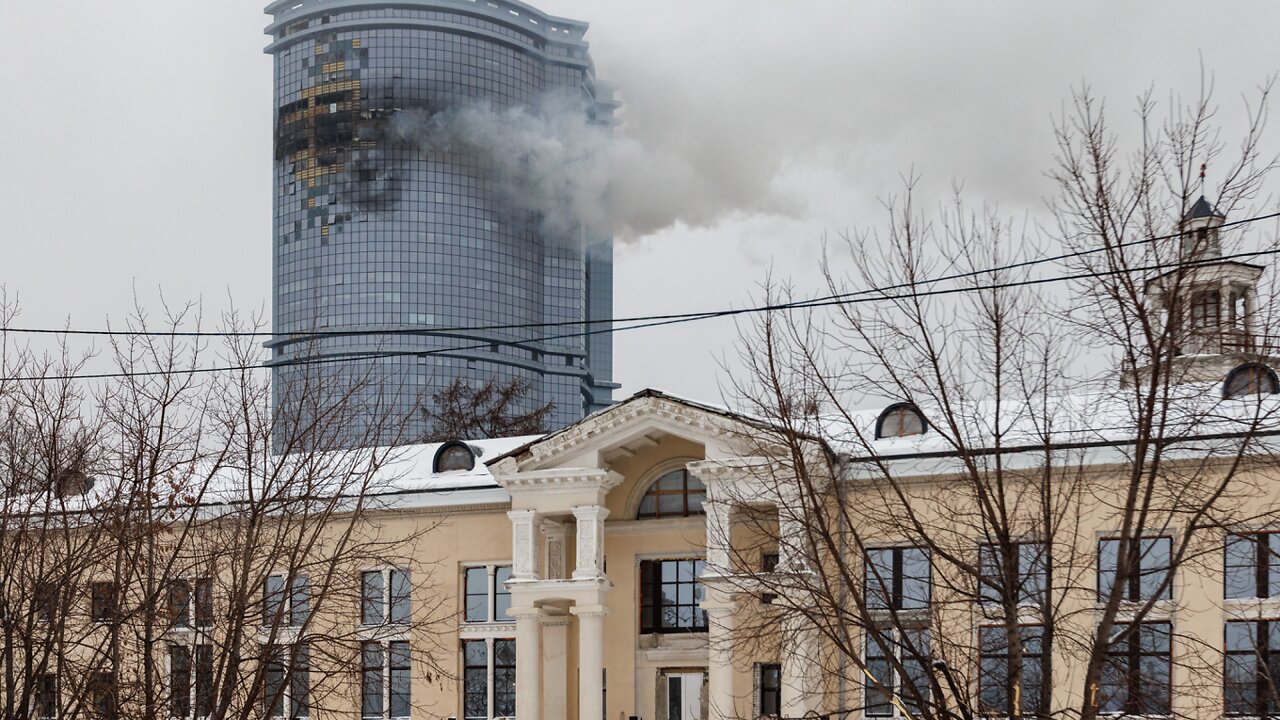
Software glitches can severely impact drone stability and flight. Bugs in the firmware, incorrect settings, or interference with GPS signals can cause erratic behavior, loss of control, and ultimately, a crash. Outdated firmware is also a significant risk factor.
Environmental Factors
Environmental conditions play a major role in drone accidents. Strong winds can easily overwhelm smaller drones, causing them to lose control and crash. Rain and snow can damage electronics, leading to malfunctions, while extreme temperatures (both hot and cold) can affect battery performance and the overall functionality of the drone’s components.
Human Error
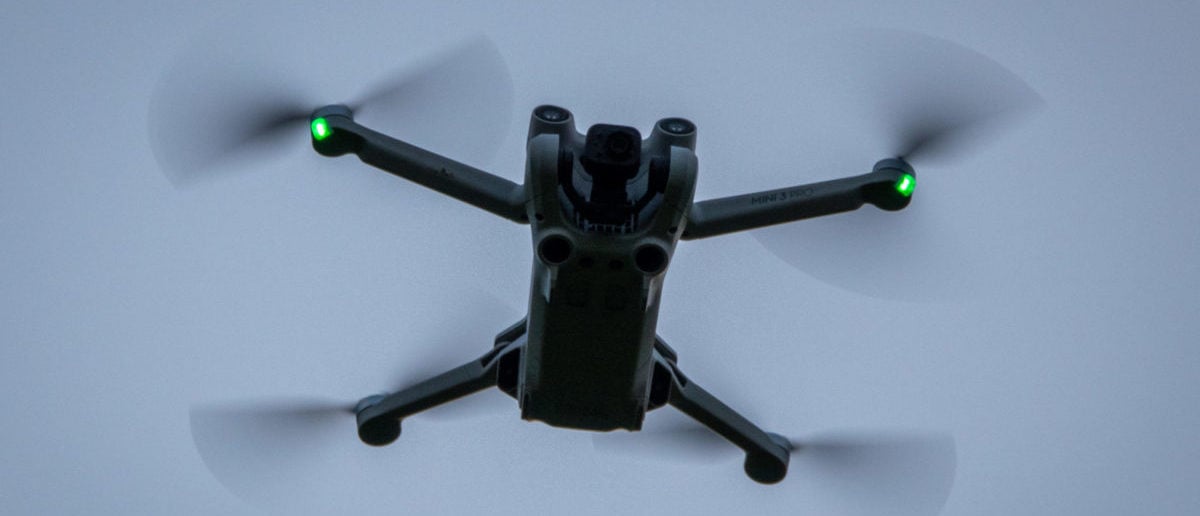
Human error, encompassing pilot skill and improper operation, accounts for a substantial portion of drone crashes. Inexperienced pilots might misjudge wind conditions or fail to maintain adequate control, while improper pre-flight checks and inadequate understanding of the drone’s capabilities can also contribute to accidents. Overconfidence can also lead to risky maneuvers.
Drone crashes can be a real headache, especially if your package is involved. If you’re dealing with a damaged shipment after a drone mishap and need to make a claim, you’ll probably want to get in touch with UPS Canada right away; you can find the ups canada phone number online. Getting that sorted out quickly is key to resolving the drone crash issue and getting your stuff replaced or refunded.
Common Drone Crash Causes
| Mechanical | Software | Environmental | Human |
|---|---|---|---|
| Motor failure | Firmware bugs | Strong winds | Pilot inexperience |
| Propeller damage | GPS signal loss | Rain/snow | Improper pre-flight checks |
| Battery failure | Incorrect settings | Extreme temperatures | Risky maneuvers |
| Flight controller malfunction | Software conflicts | Obstructions | Ignoring warnings |
Types of Drone Crashes
Drone crashes vary widely in their nature and severity. Understanding different crash scenarios helps in preventing future incidents and improving safety protocols.
Crash Scenarios
Drone crashes can be categorized as either controlled descents (where the pilot initiates a landing, though potentially an emergency one) or uncontrolled falls (where the drone unexpectedly loses control and plummets). The difference lies primarily in the level of pilot intervention and the predictability of the event.
Mid-Air Collisions
Mid-air collisions, often involving multiple drones or other airborne objects (birds, for instance), can result in significant damage to the involved drones. These incidents often occur due to a lack of situational awareness or improper airspace management.
Signal Loss and GPS Malfunction
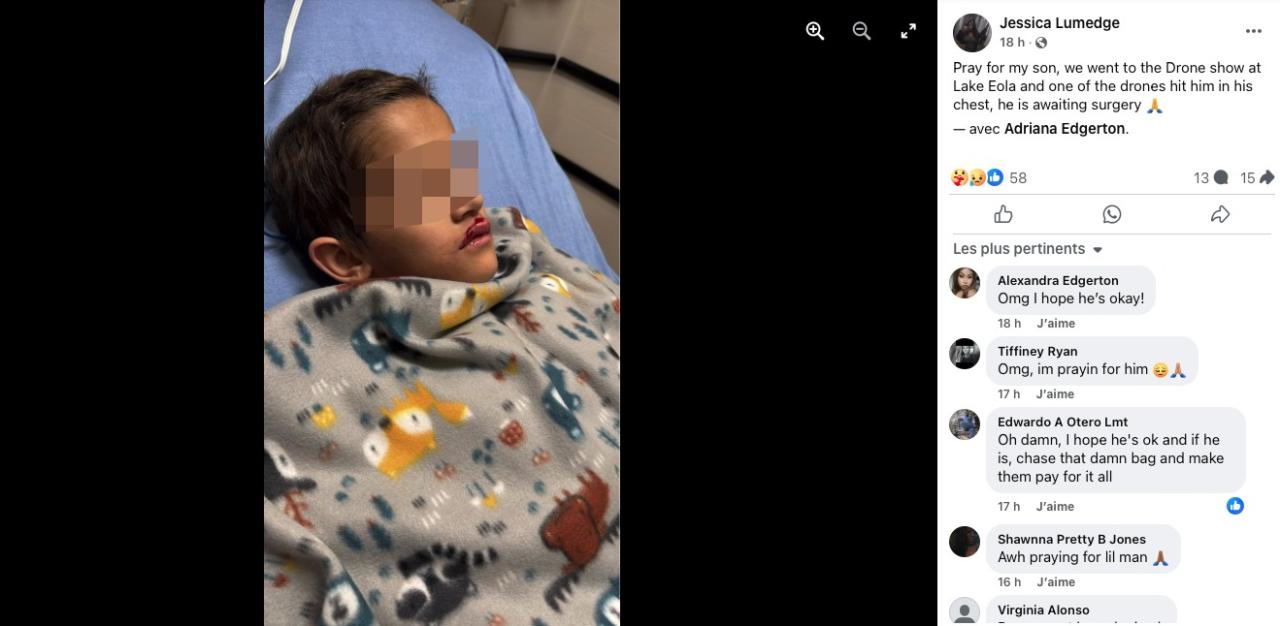
Loss of signal or GPS malfunction can lead to a complete loss of control, causing the drone to drift unpredictably and eventually crash. This is especially dangerous at higher altitudes or in areas with weak signal strength.
Drone Crash Severity
- Minor: Superficial damage to the airframe, easily repairable.
- Moderate: Significant damage to components, requiring parts replacement.
- Severe: Complete destruction of the drone, beyond economical repair.
Hypothetical Drone Crash
Imagine a drone, a DJI Mavic 3, operating in a park on a windy day. The pilot, lacking sufficient experience, failed to account for the gusty conditions. A sudden gust of wind pushed the drone off course, overwhelming its stabilization system. Despite attempts to regain control, the drone ultimately crashed into a tree, resulting in significant damage to the propellers and gimbal.
Drone Crash Prevention
Proactive measures significantly reduce the likelihood of drone crashes. A combination of careful planning, proper maintenance, and safe piloting practices are key.
Pre-Flight Checklist
- Inspect the drone for any physical damage.
- Check battery levels and ensure they are fully charged.
- Verify GPS signal strength and accuracy.
- Calibrate the compass and IMU.
- Review weather conditions and adjust flight plans accordingly.
- Familiarize yourself with the flight area and potential hazards.
Drone Maintenance
Regular maintenance is vital. This includes cleaning the drone, inspecting propellers for damage, checking for loose screws or components, and ensuring the battery is stored properly.
Flight Location and Conditions
Choosing appropriate flight locations and conditions is crucial. Avoid flying in strong winds, rain, or snow. Select areas with clear airspace and minimal obstructions. Always check local regulations before flying.
Safe Piloting Practices
Maintain a safe distance from obstacles, avoid flying too high, and never fly beyond your skill level. Practice in a safe environment before tackling more challenging flights.
Emergency Landing Procedures
Knowing how to perform emergency landings is essential. This involves understanding how to use the return-to-home function, executing controlled descents, and making safe landings in unexpected situations.
Post-Crash Procedures
Following a drone crash, immediate and systematic action is critical to mitigate further damage and ensure safety.
Immediate Actions
- Ensure your safety and the safety of others.
- Secure the crash site to prevent further damage or injury.
- Assess the extent of the damage to the drone and its components.
Damage Assessment
Carefully examine the drone for damage. Note any broken parts, damaged electronics, or battery issues. Take photos and videos to document the damage.
Securing the Crash Site, Drone crash
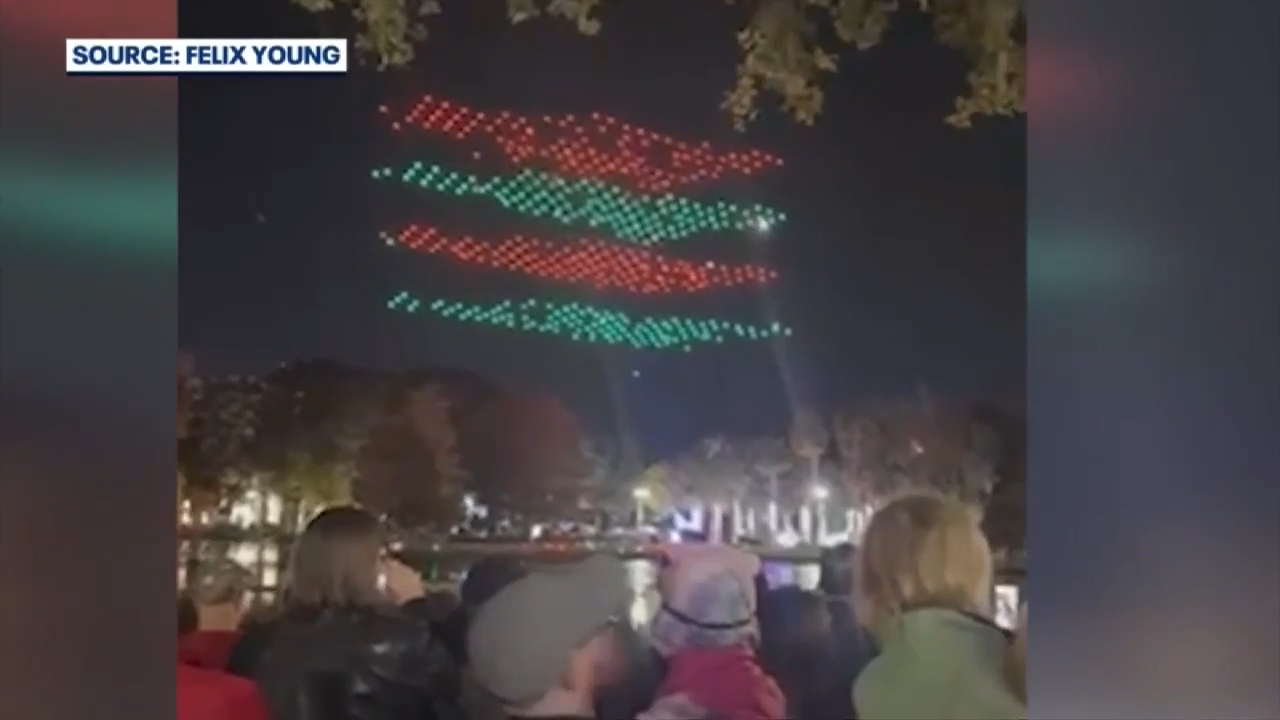
If the crash occurred in a public area, take steps to warn others of potential hazards. If necessary, contact local authorities.
Reporting Drone Accidents
Report the accident to the relevant authorities, such as the FAA (in the US) or your country’s equivalent aviation authority. This is important for legal and safety reasons.
Post-Crash Flowchart
- Assess the situation: Is anyone injured? Is the drone in a dangerous location?
- Secure the area: Warn bystanders, if necessary.
- Document the damage: Take photos and videos.
- Assess the drone: Identify damaged components.
- Report the incident: Contact relevant authorities.
Drone Crash Impact
Drone crashes have various consequences, impacting the environment, safety, legal aspects, and the economy.
Potential Impacts
- Environmental: Damage to wildlife, pollution from battery leakage.
- Safety: Injury to people, damage to property.
- Legal: Violation of regulations, potential lawsuits.
- Economic: Repair costs, replacement costs, loss of business.
Illustrative Example: A Detailed Drone Crash Scenario
A DJI Phantom 4 Pro, flown by a relatively inexperienced pilot, experienced a sudden loss of GPS signal during a flight near a large body of water. The pilot, distracted by attempting to take a photo, did not notice the warning indicators on the controller. The drone, losing its position reference, began to drift uncontrollably. Despite the pilot’s attempts to regain control, the drone eventually crashed into the water, sinking quickly.
Drone crashes can be frustrating, especially when you suspect interference is to blame. One common culprit is Wi-Fi congestion, so it’s helpful to know what frequency your iPhone is using; check this by following the simple steps in this guide: how to check your wifi ghz on iphone. Knowing if you’re on 2.4GHz or 5GHz can help you troubleshoot your drone’s connection problems and prevent future crashes caused by signal interference.
This is a crucial step in getting your drone back in the air smoothly.
The drone was recovered, but sustained significant water damage to its electronics, rendering it unrepairable. The incident highlighted the importance of maintaining situational awareness and responding promptly to warning indicators.
Last Word: Drone Crash
Successfully navigating the world of drone flight requires a proactive approach to safety. By understanding the common causes of drone crashes, implementing preventative measures, and knowing how to respond in the event of an accident, you can significantly reduce risks and ensure a safer experience for yourself and others. Remember, responsible drone operation is key to enjoying this technology safely and legally.
General Inquiries
What should I do if my drone loses signal?
Immediately initiate an emergency landing procedure. If possible, try to regain signal; otherwise, prioritize a safe landing area.
How do I choose a safe flight location?
Check for airspace restrictions, avoid obstacles, and ensure good visibility. Consider weather conditions and potential hazards.
Are there any legal requirements after a drone crash?
Yes, depending on your location and the severity of the crash, you may be required to report the incident to relevant authorities, such as the FAA (in the US).
What kind of insurance do I need for my drone?
Liability insurance is recommended to cover potential damages caused by your drone.
How can I prevent mid-air collisions?
Always be aware of your surroundings, maintain visual contact with your drone, and avoid flying near other aircraft or people.
